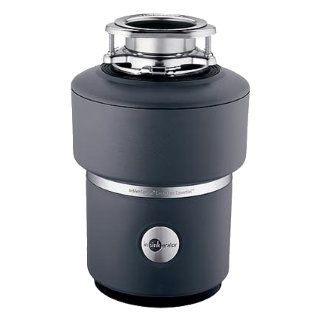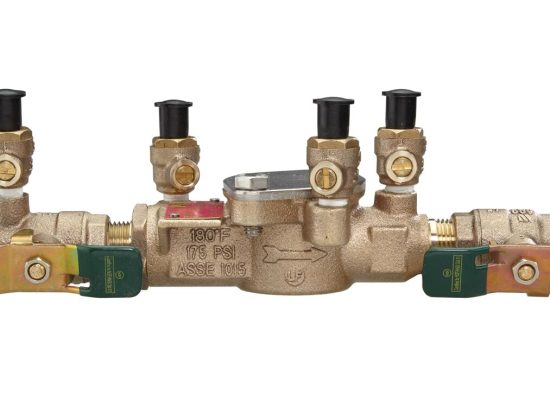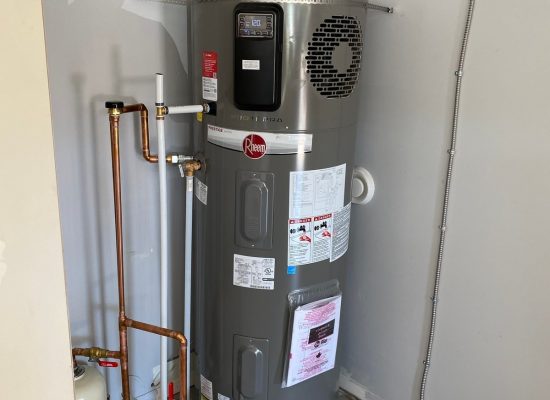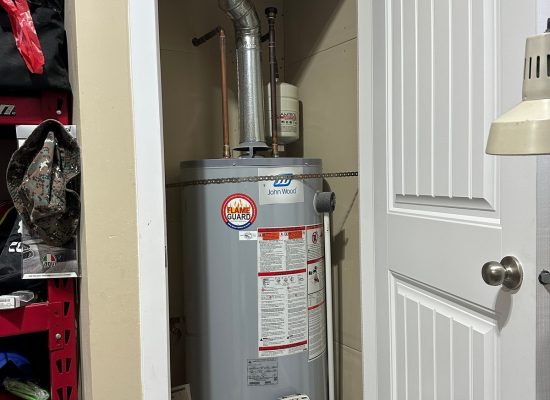If you have a garburator is not operated or maintained properly, it can easily break down, leak or cause clogged drains.
Clogged drains and broken down garburators can lead to costly service calls. Thankfully these issues can often be avoided by following a few simple guidelines.
Suggested Garburator Practices:
- Grind food waster only.
- Grind food waste with cold water. It will cause grease or oils to solidify prior to entering your drainage system.
- Allow cold water to run for several seconds after grinding is complete.
- Keep your garburator clean. On occasion pour a little dish soap in and let the garburator run for 20-30 seconds with some cold water.
- Run your garburator periodically. Frequent use prevents rust and corrosion.
- Grind some hard materials such as small bones, ice and rock salt. The result is a scouring action that will help clean the garburator internals.
- Do not feed material into the garburator faster then it can grind.
- Don’t grind coffee grounds.
- Don’t grind excessively greasy or fatty material.
- Don’t grind oatmeal, porge, pasta, rice or other expandable foods.
- Don’t grind fibrous (stringy) material such as corn husks or celery stalks.
- Don’t stop your garburator before it has finished grinding.
- Don’t use harsh chemicals in your garburator like drian cleaner or bleach.
What To Do if Your Garburator is not Working:
- Most garburators that aren’t working just need to be reset. There is usually a red or black reset button on the bottom of your garburator. Just push to reset.
- Ensure there is power at the garburator outlet.
- Checked for a tripped breaker.
- It may be jammed. Ensure the power is off then use the correct size allen key or garburator tool to manually rotate the garburator via the hole on the bottom of the unit. This may not be available on all units





